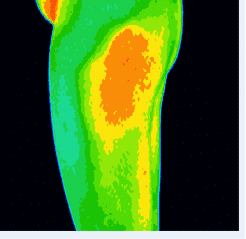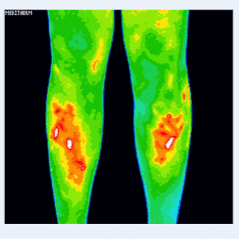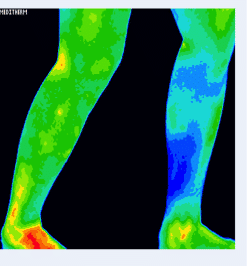SCIENCE & RESEARCH

Improve your balance by strengthening your core.
- Core strength is intimately related to balance, because you need good stability at your core to have safe and effective movement at the hip, knee, and ankle.
- If your core isn’t strong or stable, it can undermine the motions that are part of your everyday life, such as walking, bending, turning and the larger movements of sports activities.
- Stabilizing your balance and a strong core improves your posture, reduces back pain; and improves athletic performance

Why you should strengthen your core muscles.
- Core exercises train the muscles in your pelvis, lower back, hips and abdomen to work in harmony.
- This leads to better balance and stability, whether on the playing field or in daily activities.
- Most sports and other physical activities depend on stable core muscles and good balance.

Prof. Jamie McPhee – Head of Department of Sport and Exercise Sciences at University of Manchester U.K.
- Prof. McPhee states; “the only way to hold on to balance and prevent falls is to practice specific balance training”.
- “Provides strong evidence that falls in older people can be prevented by exercise programmes.”

The beauty of balance training is that anyone can, and should, do it.
- Focusing on your core and balance improves overall strength and gets your body ready for more advanced exercise.
- Balance training improves the health, balance, and performance of everyone from beginners to advanced athletes.
- Balance training involves doing exercises that strengthen the muscles that help keep you upright, including your legs and core. These exercises improve stability and prevent falls.
The benefits of core strength and balance training.
- Improved body control, balance and stability.
- Increased power output from both the core and shoulders, arms and legs.
- Reduced injury as the core muscles act as shock absorbers.

Research Links
- Better Balance: Simple Exercises To Improve Stability And Prevent Falls. Harvard Health
- How to Improve Your Balance –

- Falls – Just The Facts and #’s
- Preventing Falls In Older Adults
- The Use of Instability to Train the Core Musculatures
- Evidence-based Exercise For Balance And Falls Prevention
- The Use of Instability to Train the Core in Athletic and Nonathletic Conditioning
- Effects Of Elastic-band Resistance Exercise On Balance and Flexibility
- Effectiveness Of Resistance Exercise Using Elastic Bands
- Perturbation-based Balance Training to Improve Balance
- Improve Your Balance as You Age –

- The beauty of balance training is that anyone can do it.
- Appropriately timed and directed balance responses are crucial for avoiding a fall. OXFORD Academic
- Taking Steps in the Right Direction Can Reduce Fall Risk. The good news is that fall risks can be reduced.
USC Leonard Davis - Maintaining proper balance as you age requires attention, strength, and flexibility. Harvard Health
- Develop a falls prevention exercise plan USC Leonard Davis
- Why you should strengthen your core muscles
- Effects of a Fall Prevention Exercise Program on Muscle Strength and Balance
Thermography Study
Before ArcaRay Exercise

After ArcaRay Exercise

Left Hip Abductor: Before and after 2 minute ArcaRay (balance band) lateral stepping exercise. Isolated hip abductor activates and increased circulation causes thermography scan to turn orange with ArcaRay exercise.


Shin Muscles (tibialis anterior): Before and after 2 minute ArcaRay (balance band) toe/heel rock exercise. Isolated and activated tibialis anterior muscle turns scan organge, red and white with increased circulation after ArcaRay exercises.


Calf (gastrocnemius & soleus): Before and after 2 minute ArcaRay (balance band) lateral stepping exercise. Calf muscles turn thermography scan red & organge indicating increased circulation with ArcaRay exercises.
Legend:
- White, red, orange, yellow: hottest indications signaling extensive circulation response.
- Blue and green: body at rest, decreased circulation.
May, 2020 A series of BalanceBand thermography images were taken by Illinois Thermography (records on file). These photos show before and after using the BalanceBand exercise device. The intent of the experiment was to determine the target muscle’s reaction to the various exercise demands of the two exercises. The findings are dramatic when comparing the images after exercise to the images at rest. The thermography scans illustrate the circulation response from the muscles being utilized by the two different exercises with the BalanceBand. Better circulation (white, red, orange, and yellow colorings) generally means better performance. Further study is needed to learn the complete applications of this result. Source: Illinois Thermography